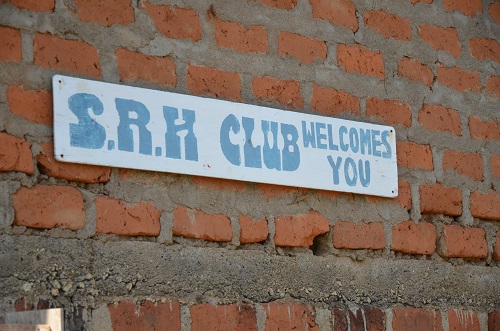By Sumaya Labira
CEHURD, alongside many other CSOs, has taken initiative to identify what they consider to be key SRHR pressing issues affecting young people in Uganda. SRHR issues are very intimate and private in nature and this creates a thick dark cloud around them, making advocacy and dissemination of meaningful information hard to achieve.
Why Sexual and Reproductive rights?
In his introductory overview, Loic Whitmore, Regional Programme Manager-Rutgers, stressed that Reproductive health is not just a health issue – It is a human rights issue that is central to gender equality and ultimately to sustainable development. Sexual and reproductive health encompasses health and well-being matters related to right to choose one’s sexual relations, have children, pregnancy, including safe medical abortion and access to family planning.
SRHR issues are very intimate and private in nature and this creates a thick dark cloud around them, making advocacy and dissemination of meaningful information had to achieve. And, yet, we cannot afford to become silent.
SRHR and young people
Young people (ages 10-24) currently account for 52% of the total population in Uganda as of January 2016 and as young people reach puberty, they face new challenges related to their sexual and reproductive health and rights. Young people undergo transformations of body change and identity, some become sexually active, yet little has been done to prepare them navigate their emerging sexuality.Young people must be free to decide on sexuality and reproduction. And, the state has an obligation to respect, promote and protect SRHR.
Barriers to SRHR…
Participants identified barriers to effective advocacy for SRHR issues and how they could be overcome. One working group laid out unsafe abortion, teenage pregnancy, early child marriages, and inadequate resources to finance SRHR issues while another group came up with more holistic issues such as, shortage of trained healthcare professionals in SRHR areas, inadequate training institutions to train enough skilled professionals, culture of silence around SRHR issues, and lack of community engagement.
In response to the challenges above, there is need to advocate for increased communication on SRHR issues among men, women and young people; increased integration of SRHR programs and services to maximize resource utilization and synergy, increase in financial and human resources for SRHR, supply of SRHR commodities including a wide range of contraceptives, condoms among others and finally, monitor and evaluate access to youth-friendly SRHR information and services.

